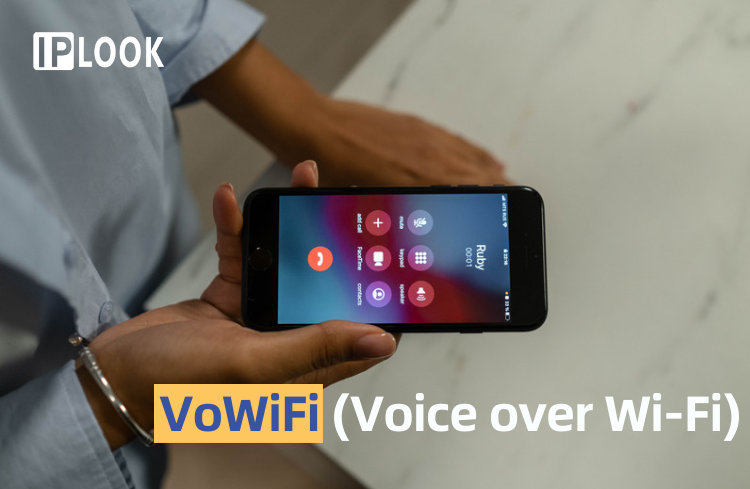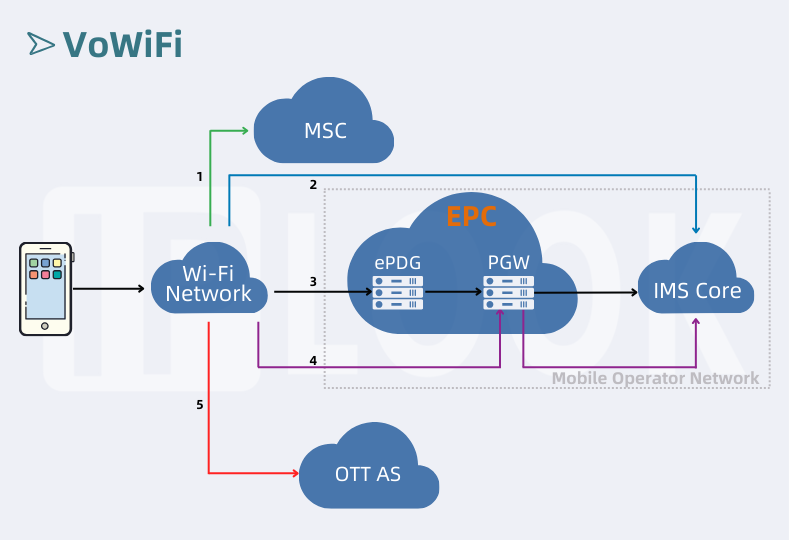
VoWiFi (Voice over Wi-Fi), or Wi-Fi Calling, is an IMS-based voice calling technology similar to VoLTE. It allows smartphone users to make voice or video calls over Wi-Fi when connected to a Wi-Fi network. Wi-Fi serves as the RAN to access the carrier's EPC and IMS networks.
There are five available deployment solutions for VoWiFi.
Solution 1: UMA - The UMA does not support LTE and IMS Core and has been abandoned.
Solution 2: Direct connection to the IMS network
Solution 3: Untrusted access to ePDG (EPC) and IMS
Solution 4: Trusted access to EPC and IMS - No chip or UE supports this solution.
Solution 5: OTT - Subscribers need to download an app. VoLTE and CS subscriber service consistency cannot be ensured, and interworking capabilities are restricted.
Two common deployment solutions selected by operators are:
Solution 2: Direct connection to IMS It involves accessing the IMS core through Wi-Fi without going through the EPC. While it simplifies the network architecture, it may present difficulties in managing seamless Wi-Fi to LTE handovers and maintaining unified authentication. This approach is ideal for subscribers who mainly use Wi-Fi for voice calls with infrequent network handovers.
Solution 3: Untrusted access to ePDG (EPC) and IMS UEs access 3GPP networks over the S2b interface through untrusted public WLAN networks. The P-GW anchors handovers between Wi-Fi and LTE, enabling seamless call continuity. This method is ideal for operators seeking a secure, reliable VoWiFi experience with smooth network handovers and EPC integration.

For subscribers
· Enables calls in signal-weak areas using Wi-Fi
· Avoids roaming charges by using Wi-Fi for calls when the home operator's base station is unavailable
For mobile operators
· Cost savings by leveraging subscriber-installed Wi-Fi networks, reducing the need for additional base stations · Improved coverage in signal-weak areas, enhancing customer satisfaction and retention
· Efficient use of resources by offloading voice traffic to Wi-Fi, easing network congestion
Disadvantages
· Coverage: Limited coverage compared to base stations, making VoWiFi a supplementary solution rather than a replacement for base stations.
· Device support: Not all devices support VoWiFi, which may limit its adoption and usage. Some older devices or devices with incompatible software versions may not be able to use VoWiFi, restricting its accessibility.
· Call quality: Voice call quality may vary depending on the stability and speed of the Wi-Fi connection. In congested or poor-quality Wi-Fi networks, users may experience latency, jitter, or packet loss, affecting call quality.

